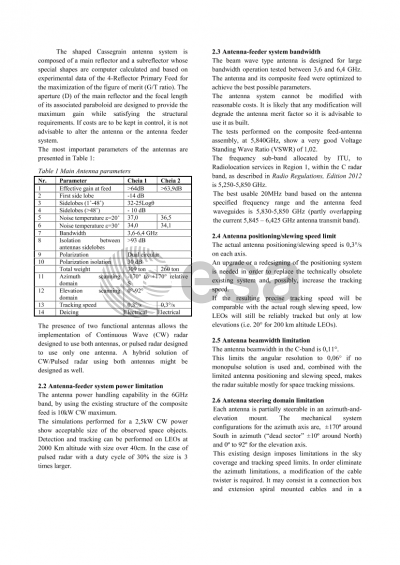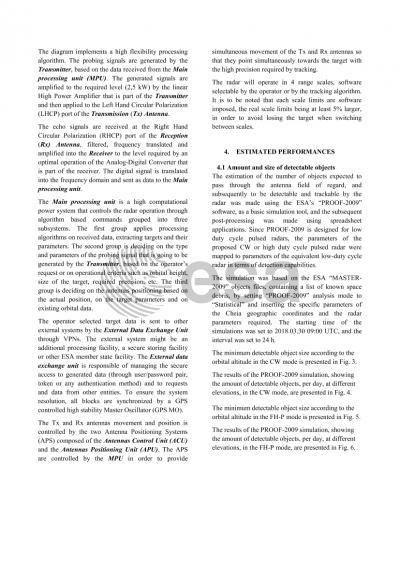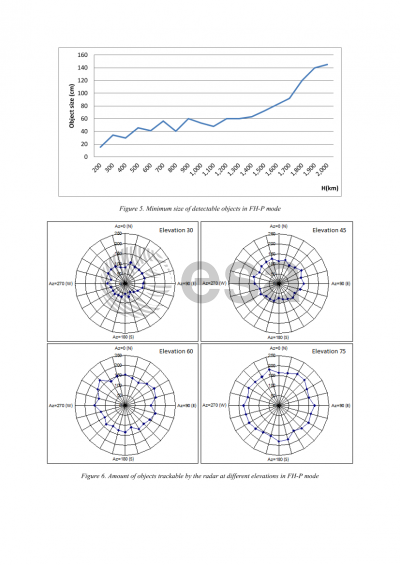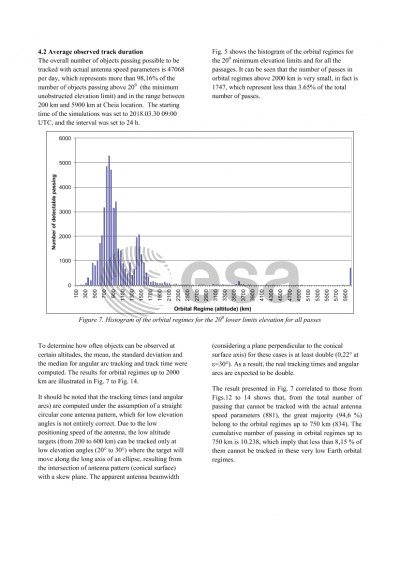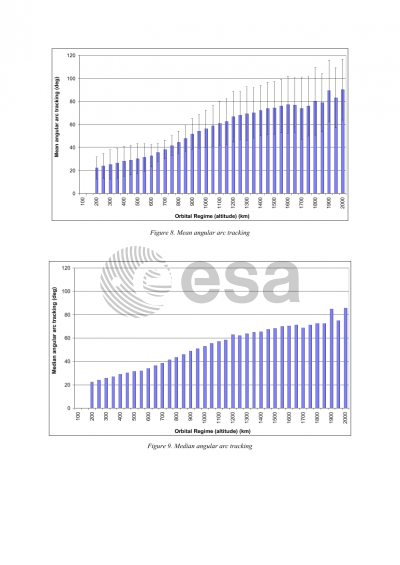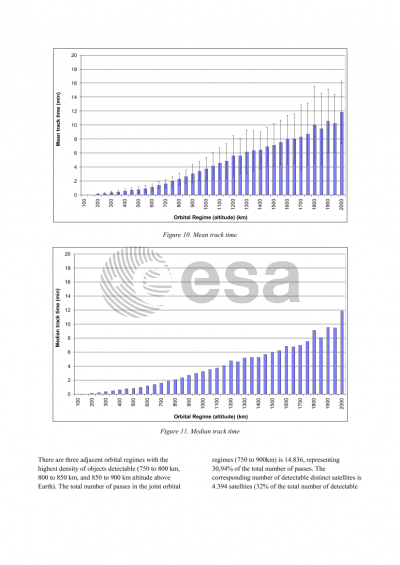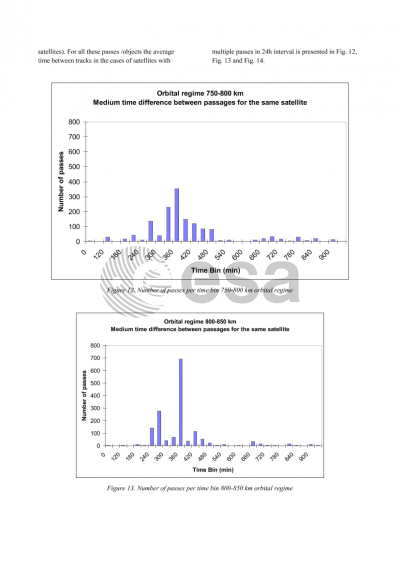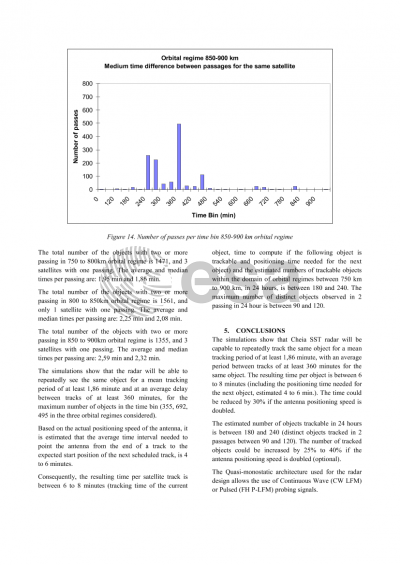Document details

Abstract
In the framework of the participation of Romania to the SSA European activities, the SST domain has gained particular relevance in the recent past due to the strong interest of the Romanian institutions and authorities.
In this scenario, some studies have been conducted by various entities at national level in order to evaluate the existing resources in terms of sensors that could be used for this purpose.
A preliminary study, funded by ESA, made by a Rartel and Bitnet CCSS consortium has collected all the information related to any possible facility, infrastructure and capability available at national level for the involvement of Romania in the Space Situational Awareness international programs. While the country has access through various research institutions (mainly the Astronomical Academy) to optical sensors, no radar infrastructures exist at the moment for the usage in the SST domain. In this respect the possibility to reuse one or two of the existing C band antennas available in the National Space Communication Centre in Cheia, located 120 km north of Bucharest Romania was analyzed.
The CHEIA satellite 32m parabolic antennas (built in 1977 and 1979), were used in the past for telecommunication services and are presently decommissioned. The mentioned study has evaluated the present status of the antennas, considered at system level, and the major modification and additions which should be implemented to build a functional SST radar.
In addition, several options have been evaluated to identify the best solution in terms of economical investment versus performance.
The approaches where:
- the possibility to alternately use Continuous Wave or high duty cycle (30%) long pulses to maximize the average transmitted power;
- to increase the detecting range or decrease the objects detectable size;
- the possibility to avoid the usage of a duplexer, to increase the radar’s sensitivity.
Starting from these requirements, the following step was the definition of the project details, up to the level of Preliminary Design Review (PDR). In case of future implementation of this infrastructure the study output shall be used as an input for the definition of the detailed design.
The study considers two use cases each of them using 3 possible radar architectures.
The different radar architectures and corresponding parameters, having their pros and cons are treated independently from the use cases.
The preliminary conclusion is that the quasi-monostatic architecture is the most advantageous one, allowing the tracking of smaller objects (2-5 times smaller), a better Doppler resolution (4-9 times smaller) and a high flexibility with only a small increase in the price (18%) comparing with other alternatives. However this architecture comes with challenges related to the processing of the leakage signal, to the reduction of the phase noise effect and to the synchronization of both antennas.
All radar architectures are able to track LEOs at all altitudes, using the present speed. Low LEOs can however, be tracked only at low antenna elevation angles (20˚for 200km altitude LEOs).
Preview

